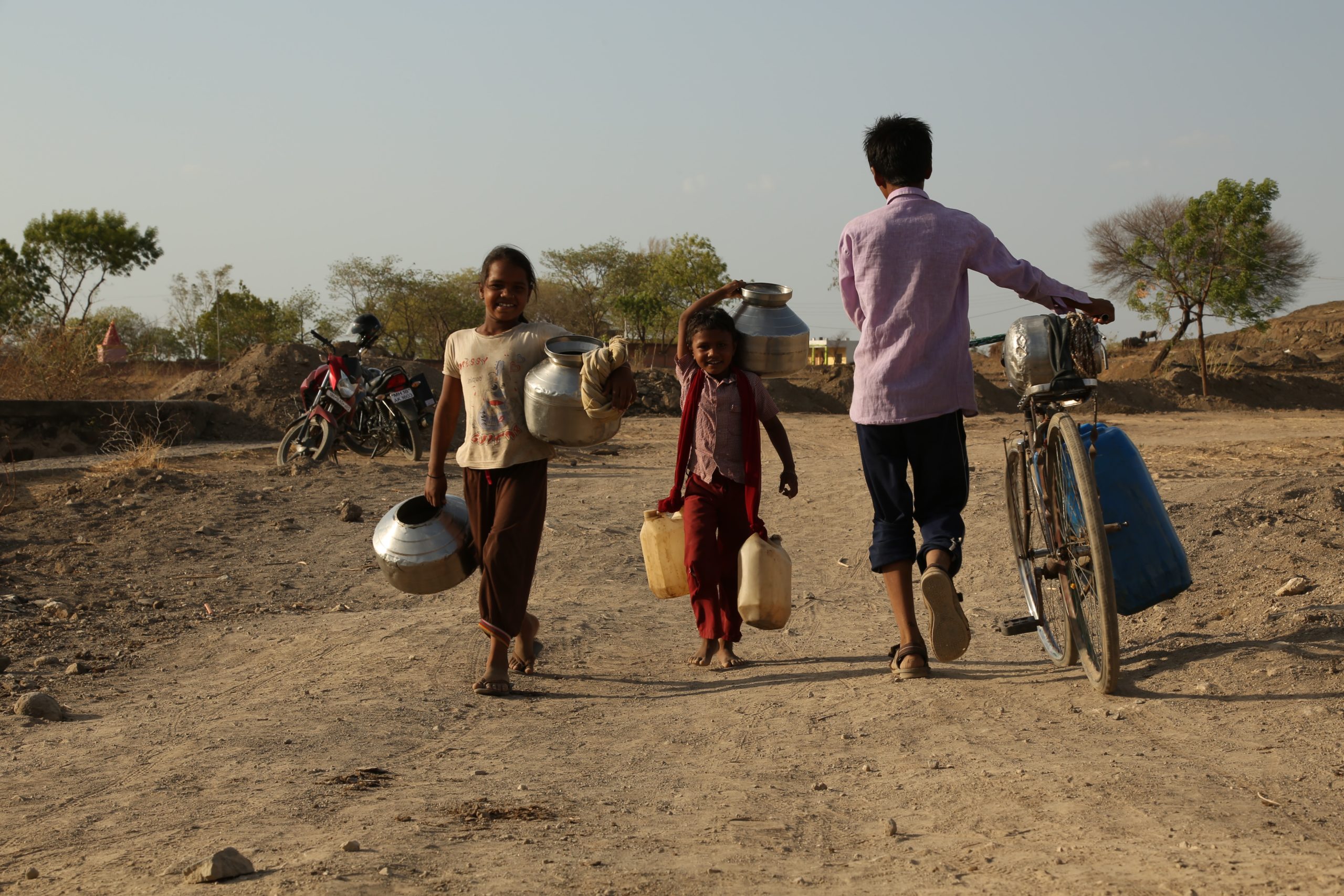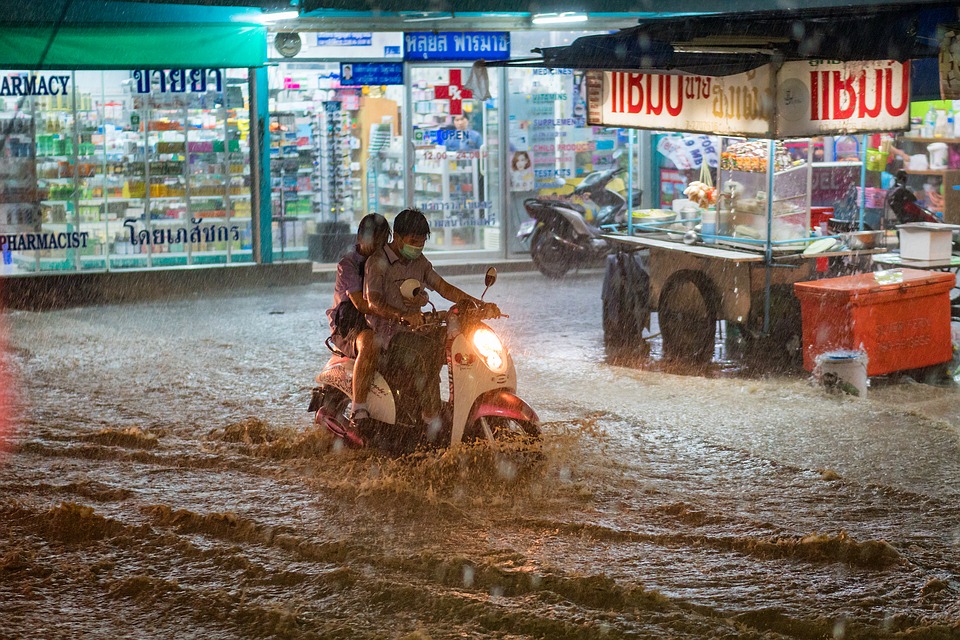The concept of the Ecological Threat Report (ETR) was developed in an attempt to identify countries at the highest risk of ecological threats. The ETR focuses on the problem of resource scarcity and natural disasters and their impact on peacefulness. Analysis from the ETR allows for the identification of countries and regions where ecological crises are more likely to occur and have a severe impact on populations residing in those areas.
The ecological threats included in the ETR are:

The ETR is a multi-indicator composite register of risk, which is calculated in two steps. In the first step, all indictors are normalised on a score of 1 to 5 with a higher score representing higher levels of risk.
In the second step, the overall ETR count is calculated as the sum of the individual ecological threats that exceed a specified level of intensity. The ETR count represents the number of threats a country faces such as water stress, floods and food insecurity.
The ETR facilitates analysis of the impacts of ecological threats on peacefulness, as well as the role of resilience in determining the ability to adapt and mitigate such risks.
As ecological threats are expected to become more intense in the coming decade, the ETR also covers forecasts to 2050.
To identify populations whose social resilience may not be able to withstand their ecological threats, IEP has developed a unique approach incorporating severe threat projections with measures of societal resilience. The approach identifies two groups of countries.
The first group are those that face major resource constraints due to water scarcity, food insecurity and population growth.
The second group are those countries that face major threats from natural disasters such as floods, cyclones and droughts. IEP then considers the societal resilience of the countries using its Positive Peace framework.
Where the country has low or very low Positive Peace, it is classified as a having low resilience.

Resilience is a fundamental tool for countries facing ecological threats. Firstly, it provides a country with the capacity to cope with ecological shocks, minimising their negative impact on the population and economic structure.
Secondly, it facilitates the recovery or rebuild of the socio-economic system in the aftermath of an ecological shock.
Positive Peace is an effective predictor of socio-economic resilience for countries and regions because societies that operate with high levels of Positive Peace tend to be more effective in protecting lives and livelihoods from the impact of natural disasters.
Furthermore, they can recover more rapidly from economic crises, adjust more easily and quickly to technological, business and social disruption, and promote the peaceful resolution of grievances and disputes between citizens and groups.
A key reason for this is the mutually reinforcing nature of the societal structures underpinning the Positive Peace Pillars.
For example, when a country has strong formal institutions, such as a well-functioning legal system, in combination with strong informal institutions, such as cohesive communities, it will tend to respond or adapt to specific shocks more effectively.
One example of resilience comes from national preparedness for and responses to natural disasters. These shocks occur with broadly the same frequency across all types of countries.
However, countries with very low levels of Positive Peace have a fatality rate seven times higher than those with very high levels of Positive Peace. This happens because the Pillars of Positive Peace work in systemic ways to enhance a country’s coping capacity.

The Sound Business Environment Pillar guarantees enough resources and infrastructure assets to treat patients affected by the disaster and repair physical damage.
The Equitable Distribution of Resources Pillar means that all individuals, groups and demographics have access to protective infrastructure, equipment and services.
A Well-Functioning Government allocates resources efficiently and transparently to groups or areas where they are most needed, and so on.
Resilience, or the ability of nations to mitigate and adapt to new ecological threats, will be critical in the management of future ecological shocks to ensure the stability of political institutions and prevent future social unrest and violence.
To lessen the impact of future ecological shocks, it is important to increase the levels of resilience in the most vulnerable countries. This will enable countries to be better prepared for shocks, but also to have stronger capabilities to deal with the after-effects of these shocks.